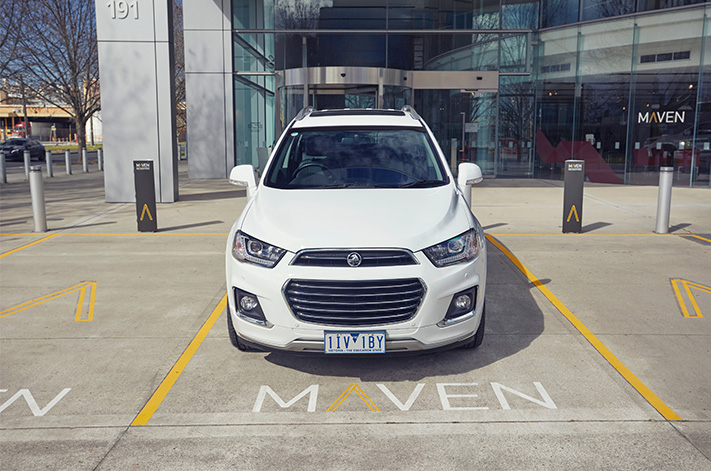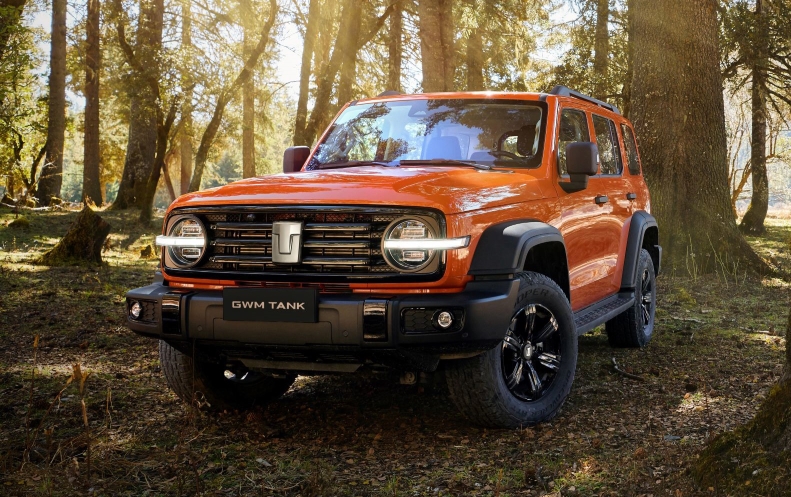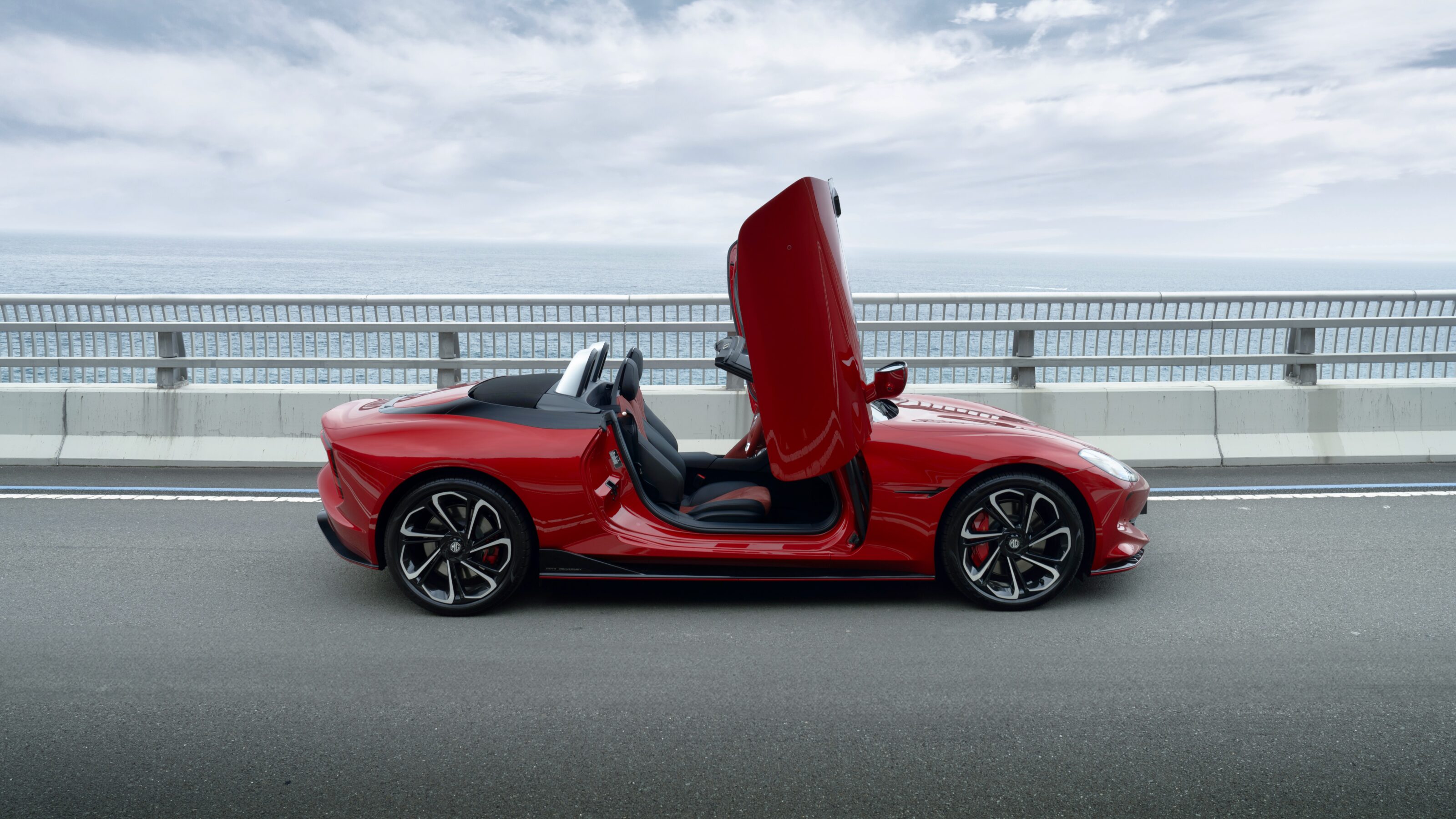
GENERAL Motors will invite Australian ride-share drivers to lease cars by the week as it attempts to tap the rising popularity of the so-called ‘gig economy’.
Maven Gig, GM’s car lease service for freelance drivers in the US, has expanded to Australia after a trial here with Holden-badged vehicles. It plans to allow freelance drivers keen on tapping into ride-share services to walk up and lease a Holden for a month at a time, at rates similar to novated leasing plans.
The service is GM’s gamble that it will still be able to get people to use its products, even if it is selling fewer cars. Maven says the service also allows drivers who have signed up as a ride-share freelancer to give the gig economy a trial run with no fallout if they decide that, after a month, it’s not for them.
Anthony Riemann, GM’s director of strategy and urban mobility, told Wheels the roll-out of the service came after a year-long trial of Maven Campus – aimed at business clients – and the public-facing Maven Gig at Holden.

“[Maven Gig] is a driver for the ride-share economy,” Reimann said. “A lot of people who don’t own a car are looking for alternate ways to get around, whether it’s through ride-sharing or as a supplement to the car they own.
“What we’ve been doing in the US with Maven, we’ve been able to take a more curated approach with the market and really look at cars that fit our members’ needs.”
What that means is that Australian customers will need to sign up for a minimum of a month at a time, while in the US Maven has trialled daily, and even hourly rentals so that ride-share drivers can take advantage of peaks in demand.
Maven’s weekly rates will start from $215 for unlimited travel, with no sign-up fees. The Maven website lists a Holden Trax from $225 a week, a Holden Astra Hatch from $240 a week (a sedan costs $20 a week more), and a Holden Captiva from $300 a week. Those novated lease-like rates include insurance, registration and maintenance, so all the freelance driver needs to do is fuel it.

“They can choose to work when they want, where they want, and whether it’s part time, full time driver with companies like Uber,” Reimann said.
“For them, it sort of puts back to them the ability to earn when the market’s up and/ or down, but it’s really tapping into that growing economy where you want to be able to get into these types of technology but not also necessarily own assets.”
Maven hopes to tap a growing trend among people aged under 30 who are now quite comfortable paying monthly fees for a smartphone rather than owning one outright. It’s also a tricky demographic that Holden has struggled to connect with in the past.
Reimann said the cars would even be made available to drivers using a number of ride-sharing smartphone apps, and could also extend to deliveries from fast food outlets, parcels, and shopping if the demand was there.
Maven Gig was trialled over several months in March before it was expanded to full capacity several months later. It’s now established in Sydney and Melbourne, with about 350 drivers tapping the resources of around 300 vehicles.
While Reimann says popular products among the Maven drivers here tended to be SUVs and Astra-badged cars, in the US it was largely a demand for electric vehicles.
Maven will eventually be tied in with Holden’s version of OnStar, GM’s subscription-based service that will eventually allow drivers to unlock a car via a smartphone app. OnStar is yet to roll out here.



